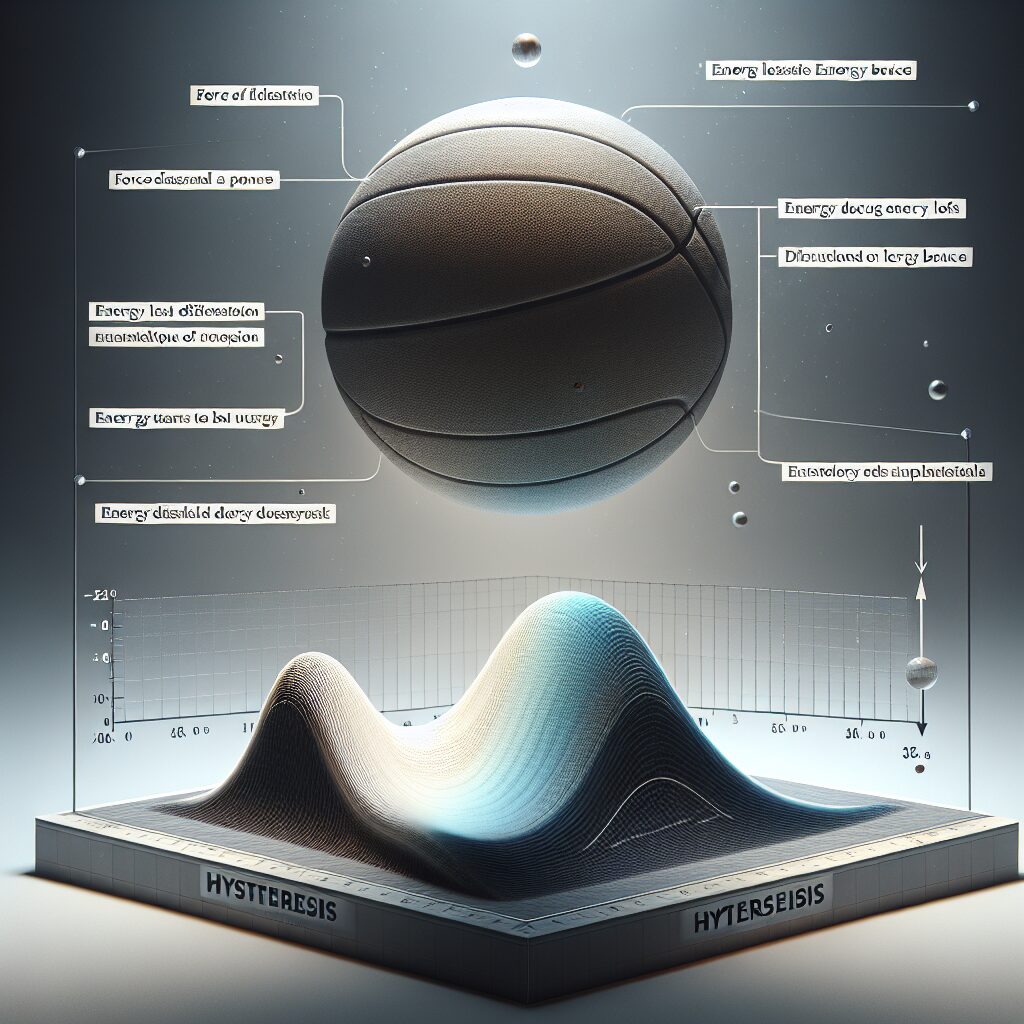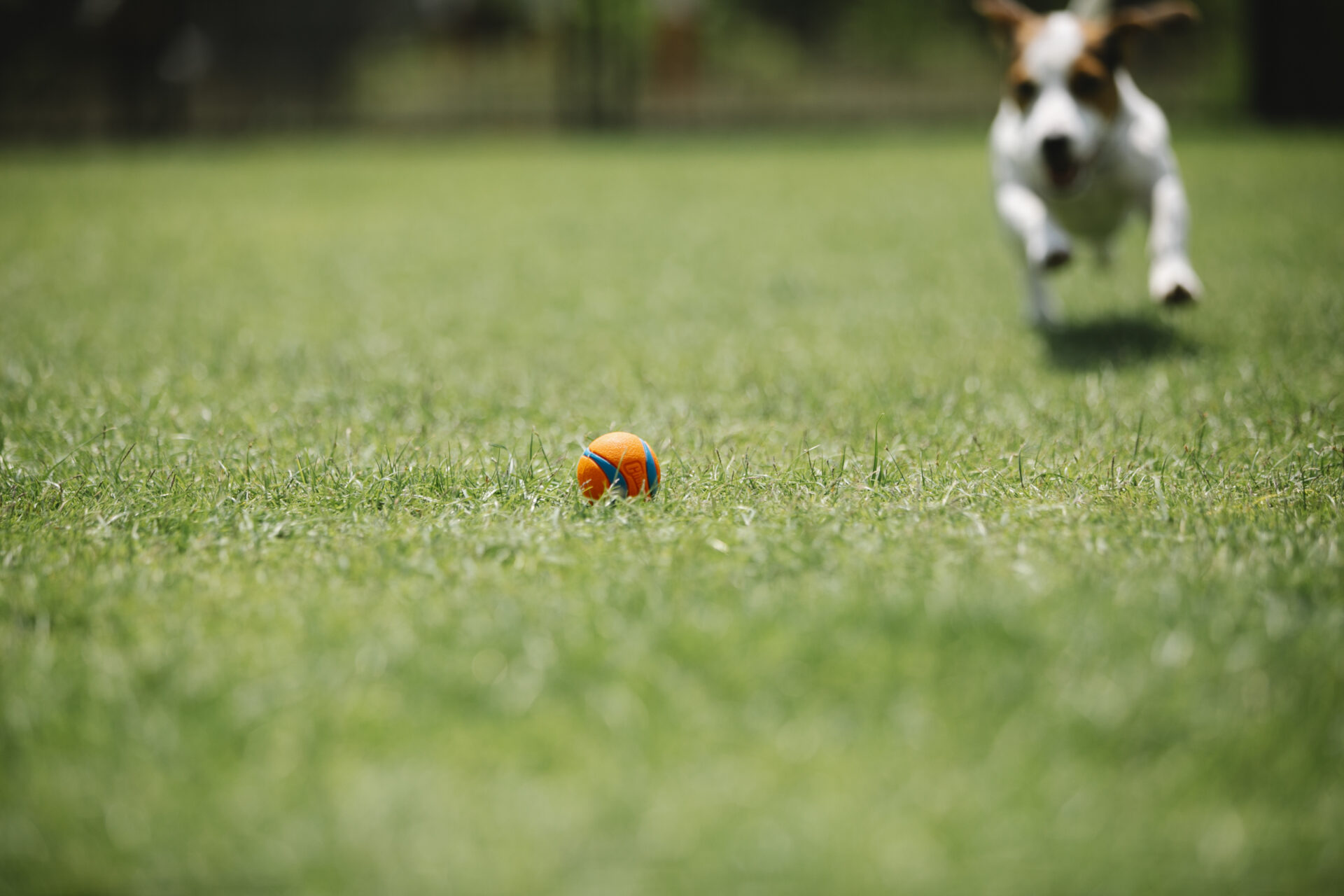Hysteresis in bounce is a fascinating phenomenon that explains why balls don’t always return to the same height after being dropped or thrown. Hysteresis, a term derived from the Greek word “hysterein” meaning “to be late or lag behind,” describes a delay or lag in a physical system’s response to changes in its inputs. In the context of bouncing balls, hysteresis refers to the difference in the height of a ball’s bounce when dropped from a given height compared to when it is thrown from the same height. This peculiar behavior stems from various factors, such as the material composition of the ball, its shape, and the surface it bounces off.
The phenomenon of hysteresis in bounce has important implications in numerous applications, including sports, engineering, and material sciences. In sports like tennis, basketball, and golf, understanding the hysteresis effect in ball bounce is crucial for players and equipment manufacturers. It affects the predictability and performance of balls, leading to adjustments in techniques and designs. In engineering, hysteresis is a fundamental consideration in developing shock absorbers, suspension systems, and other devices that involve rebound and energy dissipation. Moreover, for material scientists, hysteresis in bounce provides valuable insights into the behavior of materials under dynamic loading conditions.
Now that we grasp the concept of hysteresis in bounce, let’s delve deeper into the key takeaways concerning this intriguing phenomenon. We will explore the influencing factors that contribute to hysteresis in ball bounce, examine the impact of different materials and surfaces on the height of bounce, and discuss how scientists and engineers leverage this knowledge to improve performance in various fields. Stay tuned to gain a better understanding of hysteresis and its significance in the realm of ball bouncing dynamics.
Key Takeaways
1. The concept of hysteresis explains why bounce behavior in balls is not always precisely the same and can be influenced by various factors such as the ball’s composition, temperature, and usage.
2. The elasticity of a ball is affected by hysteresis, meaning that when a ball is compressed or deformed, not all of the energy is restored during the rebound, resulting in a lower bounce height compared to the initial drop height.
3. Hysteresis in bounce can be quantified using the hysteresis coefficient, which measures the energy lost during compression and deformation. Different types of balls have distinct hysteresis coefficients, with certain materials displaying higher energy losses and consequently lower bounces.
4. Factors such as temperature and usage also influence hysteresis in bounce. Higher temperatures can reduce the elasticity of a ball, leading to increased energy losses and lower bounces. Furthermore, prolonged usage can cause permanent deformations in the ball, affecting its ability to bounce back efficiently.
5. Understanding hysteresis in bounce is crucial for optimizing ball performance in various applications such as sports or industrial settings. By considering the factors that influence hysteresis, manufacturers can develop balls with desired properties and athletes can choose the appropriate balls for specific activities, ensuring optimal performance.
Why Do Balls Not Always Return the Same? Understanding the Hysteresis in Bounce
What is Hysteresis in Bounce?
Hysteresis in bounce refers to a phenomenon where balls do not return to their original height or velocity after bouncing. Instead of rebounding with the same force, balls often exhibit energy losses during impact, resulting in a decrease in vertical or horizontal displacement. This discrepancy between the initial motion and the subsequent one is known as hysteresis.
Factors Affecting Hysteresis in Bounce
Several factors contribute to the presence and extent of hysteresis in ball bounce:
1. Ball Material
The material composition of a ball plays a vital role in determining hysteresis effects. Elastic balls, such as ones made of rubber, tend to exhibit higher energy losses due to their inherent properties. In contrast, balls made of more rigid materials may experience less hysteresis.
2. Surface Properties
The surface on which the ball bounces affects its hysteresis behavior. A softer or rougher surface tends to absorb more energy, resulting in greater energy losses. Conversely, a harder and smoother surface allows for a more efficient transfer of energy between the ball and the ground, reducing hysteresis.
3. Compression and Deformation
During impact, a ball undergoes compression and deformation. The degree to which the ball compresses and deforms affects hysteresis. Softer balls with higher elasticity will compress more, leading to increased energy dissipation.
4. External Factors
External factors such as temperature and atmospheric conditions can influence hysteresis in ball bounce. Changes in temperature can affect the elasticity of the ball material, altering the hysteresis behavior. Additionally, air resistance and friction can also impact hysteresis, especially for fast-moving balls.
Applications of Hysteresis in Bounce
Understanding hysteresis in bounce has significant implications in various fields:
1. Sports Equipment Design
The knowledge of hysteresis allows designers to optimize sports equipment, such as tennis balls or basketballs, for desired performance. By manipulating the ball material, surface properties, and compression characteristics, engineers can fine-tune the bounce behavior to enhance player experience.
2. Physics Education and Research
Hysteresis in bounce serves as an intriguing topic for physics education and research. Studying the energy losses and the underlying mechanisms can deepen our understanding of material properties, impact dynamics, and energy conservation principles.
3. Industrial Applications
In industrial settings, hysteresis in bounce can have implications for quality control and product development. Evaluating the rebound properties of materials used in manufacturing can ensure the desired characteristics and functionality of products.
Guides for Minimizing Hysteresis in Bounce
Reducing hysteresis in bounce can be crucial in certain applications. Here are some useful tips:
- Choose materials with higher elastic properties for increased energy efficiency.
- Optimize the surface characteristics to minimize energy losses.
- Consider the temperature and environmental conditions to ensure consistent bounce behavior.
- Explore innovative designs that enhance ball compression and reduce deformations.
- Regularly assess and maintain the condition of the ball to minimize wear and tear.
FAQ
1. What is hysteresis in bounce?
Hysteresis in bounce refers to the phenomenon where the bounce behavior of a ball is not symmetrical. It means that the ball doesn’t return to the same height it was dropped from, but rather bounces to a slightly lower height each time.
2. Why do balls experience hysteresis in bounce?
Balls experience hysteresis in bounce due to a loss of energy during the bouncing process. When a ball hits the ground, some of its energy is converted into other forms such as heat and sound. This energy loss results in a diminished bounce height each time.
3. What factors affect the degree of hysteresis in bounce?
The degree of hysteresis in bounce can be influenced by various factors, including the material of the ball, the surface it bounces on, the temperature, and the amount of air pressure inside the ball. Softer materials, rougher surfaces, higher temperatures, and lower air pressure tend to increase hysteresis.
4. Can hysteresis in bounce be eliminated?
No, hysteresis in bounce cannot be completely eliminated. It is an inherent property of bouncing objects due to energy losses. However, by carefully selecting materials and optimizing other factors, the degree of hysteresis can be minimized.
5. How does hysteresis affect ball performance in sports?
Hysteresis can have an impact on ball performance in sports. A tennis ball with higher hysteresis, for example, may bounce lower and slower, affecting the gameplay. Understanding and accounting for hysteresis is essential for achieving desired ball characteristics in various sports.
6. Can hysteresis in bounce be used to advantage?
Yes, hysteresis in bounce can be used to advantage in certain applications. It can be utilized for shock absorption purposes, where the energy loss during bounce helps dissipate impact forces and reduce the risk of damage or injury.
7. Does the shape of a ball affect hysteresis in bounce?
While the shape of a ball can influence its aerodynamics and movement, it doesn’t directly affect hysteresis in bounce. The primary factors contributing to hysteresis are material properties, surface conditions, and environmental factors.
8. Can hysteresis in bounce be measured?
Yes, hysteresis in bounce can be measured using specialized equipment such as force plates or high-speed cameras. These tools help capture the different bounce heights and analyze the energy loss during each bounce.
9. How is hysteresis in bounce related to other physical phenomena?
Hysteresis in bounce is related to other physical phenomena such as elasticity and energy conservation. Understanding the interplay between these concepts helps explain why balls don’t always return to the same height.
10. Can hysteresis in bounce be reduced with improved technology?
Advancements in materials science and engineering can contribute to reducing hysteresis in bounce to some extent. By developing more elastic and efficient materials, it is possible to minimize energy losses during bouncing and improve the overall bounce performance.
Final Thoughts
The phenomenon of hysteresis in bounce highlights the complexity of interactions between objects and their environment. Understanding why balls don’t always return to the same height provides insights into the fundamental principles of physics and material science.
While hysteresis cannot be completely eliminated, its effects can be managed and even utilized to advantage in various applications. By continually exploring and advancing our understanding of hysteresis, we can further optimize ball performance and enhance the enjoyment of sports and other activities where bouncing is involved.




